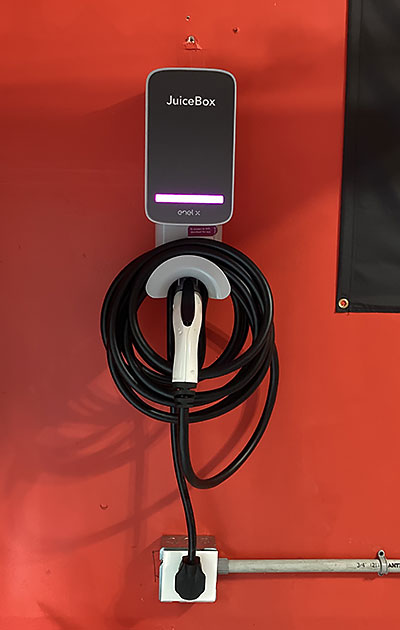

The calculator assumes a 55 percent stop-and-go driving mix and the US average of 15,000 miles driven a year – but drivers can also customize the formula with the gas prices in their own state and their typical mileage to get a more accurate picture.įor example, if you compare the 2023 Volkswagen ID 4 EV – which costs around $38,995 – with the similarly sized 2023 Volkswagen Tiguan, which starts at around $26,950 – the electric car is $12,045 more expensive at the outset. Gas prices also tend to be more volatile than electricity prices, which have historically been more stable.Ī useful tool for comparing vehicles and estimating potential fuel cost savings is the US Department of Energy’s calculator. On July 7, the average cost of gas in the US was $3.53 a gallon.Īccording to the Natural Resources Defense Council, the cost of charging an EV is equivalent to filling up a gas tank at roughly $1 per gallon. When it comes to fuel, electricity is generally cheaper than gas. This is where the calculations get a bit more complex, as operating costs take into account various factors – including the efficiency of the car, the gas and electric prices where you live, your driving habits and how much you use the car. Seven vehicles made by Tesla, Ford and Stellantis qualify for a $3,750 tax cut – half of the credits – as they meet the requirement of a percentage of the battery components being manufactured or assembled in North America. Of the ten vehicles which qualify for the credits, nearly all are manufactured by either General Motors, Tesla and Ford. This includes the Chevrolet Bolt, Ford F-150 and Tesla Model Y. The Tesla Model 3 Performance qualifies for the full credit but the Standard Range version is only eligible for half of that


 0 kommentar(er)
0 kommentar(er)
